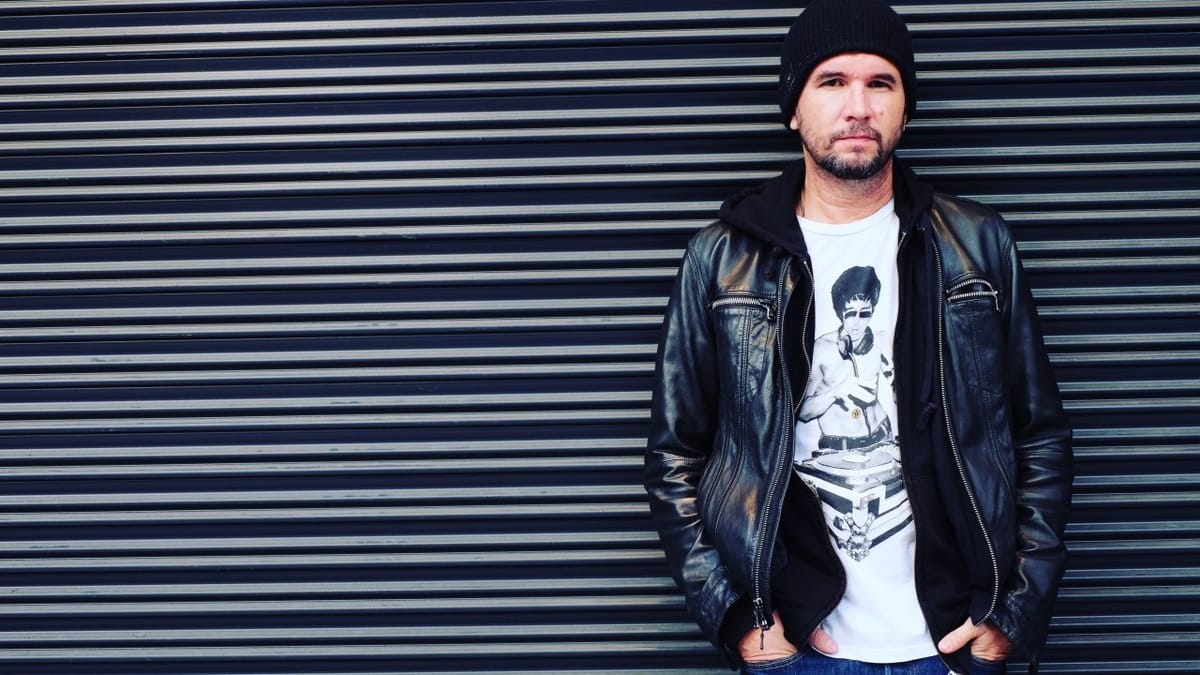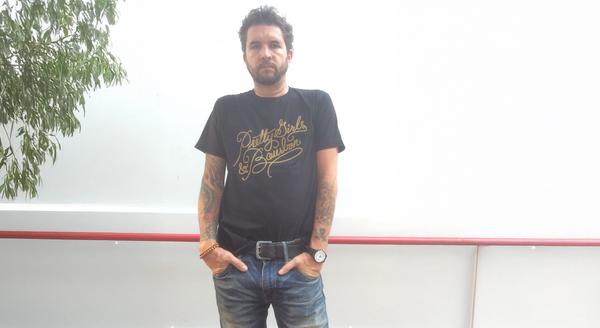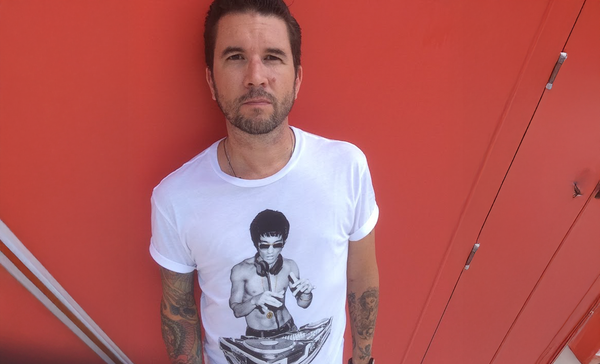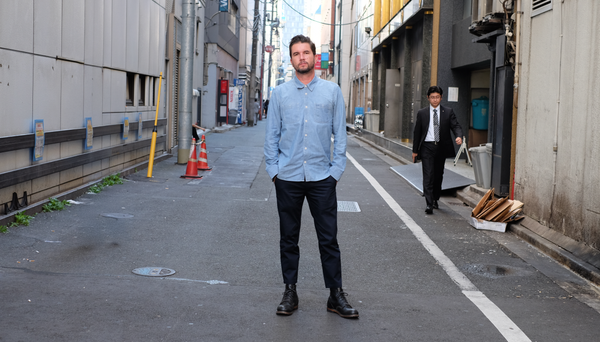Let Go. Hold On. Get Trained. Move Forward.
How to build an AI-first creative culture without losing your soul.

I have been working in some form of GenAI for almost 4 years now, and for the past 18 months, I have been teaching Agencies and Brands on how to integrate AI into their daily marketing and creative workflows. These teams aren’t just experimenting; they’re building new habits, briefs, and benchmarks for what great work looks like in a post-AI world.
We are not standing at the beginning of the AI era. That moment has passed. We’re already living in its aftershock, not a future promise, but a present reality. The tools are here. The capability is here. And the urgency is no longer about “adoption.” It’s about adaptation.
The challenge now isn’t technical. It’s cultural.
Within agencies and marketing teams, I keep seeing the same pattern: a kind of quiet tug-of-war between legacy instincts and emerging possibilities. But it’s getting louder.
On one side, the foundational beliefs we’ve been trained to protect are originality, craft, strategic rigor, and big ideas. On the other side, the radical speed, scale, and scope that generative AI can offer when used well.
And the unspoken fear? That we have to choose. That embracing one means abandoning the other.
But what if that’s the wrong frame?
What if the real task, the one staring down every CMO, creative lead, and strategist today, isn’t to pick a side, but to learn how to live in two times at once?
The Danger of Holding Too Tight
There’s a version of our industry that’s deeply nostalgic. One that believes the job of creativity is to resist the machine, to protect the sanctity of human touch, to double down on the romantic myth of the lone genius with the Sharpie and the insight.
I get that impulse. I was raised on it.
But holding too tightly to the past doesn’t preserve your relevance. It calcifies it. And just like that, the walls go up. Innovation is boxed out by orthodoxy. Creative teams start to sound more like gatekeepers than inventors.
We forget that every leap in this industry, from print to pixels, from TV to TikTok, has required us to stretch, adapt, and reimagine. AI is no different. It’s just faster. And more polite.
The Risk of Letting Go Completely
But swing too far the other way, chasing efficiency at the expense of intention, letting automation swallow everything from insight to execution, and you lose the thread altogether.
Because some things shouldn’t be outsourced.
Taste. Judgment. The lived experience that shapes how a message lands, and why.
An AI-first culture doesn’t mean a post-human one. It means post-friction. It means getting the noise out of the way so the work that matters, the thinking, the connecting, the creating, can rise to the surface.
This is where many teams get stuck. They either grip the past too tightly, or they throw it all away in the name of speed.
We need a third path.
The Real Shift Is Cultural, Not Technical
The teams that are thriving right now? They aren’t the ones with the best prompts. They’re the ones with better instincts. They’ve rewired their behaviors, not just their tools.
They know that AI isn’t just for output. It’s for input. For reframing. For pressure-testing. For seeing around corners. They’ve shifted the culture not with an all-hands email, but through new rituals. New defaults. New creative reflexes. That kind of shift takes practice.
And it requires a different kind of workshop.
Think First™: From Curiosity to Capability
I’ve been developing a new series of hands-on sessions called Think First™.
It’s not a prompt clinic. It’s not a lecture. It’s a pressure-cooker boot camp built around live material, real tension, and creative rigor.
The core idea?
Before we teach people how to prompt, we need to teach them how to think again — inside this new reality.
What problem are we solving? Is the brief actually meaningful enough to make our creative partners want to do the work? What patterns could AI help us see, and ideas that might might be connected that we couldn't think about before AI?
In one session, we conduct a “brief autopsy” to identify where AI could have accelerated the work, made it more comprehensive, or expanded its scope. In another, we explore how AI can unlock unexpected directions not as shortcuts, but as a creative catalyst.
In another, we work with Brands on how to partner with AI-enabled Agencies. How to elevate their briefs, how to sharpen the results, how to demand more, but also give more.
These sessions are fast. Live. Iterative. But what they build is muscle memory. Not just how to use AI, but when. And why.
This is the real future of creative training. Not toolsets. Mindsets.
Let Go. Hold On. Get Trained. Move Forward.
So no, I don’t think we should discard the past. There’s wisdom in the old ways. But we do need to let go of the inflexibility that came with them - the habits, the hierarchies, the sacred cows that no longer serve.
We are now in a post-AI world.
The brief has changed. The client has changed. The team has changed. The only real question is: has your culture caught up?
Because if not, the work won’t either.
Let Go. Hold On. Get Trained. Move Forward.
In that order.

Agency Leaders: Your Clients Are Now Expecting AI-Augmented Results. Are You Able To Deliver?
If you’re an agency, especially one whose value lies in strategy, creativity, or speed, you can’t afford to be steps behind the brands that hire you. I can help with that.
Let's talk about Think First™ workshops for agency leadership, planning, creative, and account teams. These are live, real-time sessions built around the work you actually do, not generic prompt decks or AI lectures.
This is not about replacing what you do. It’s about upgrading how you do it. If your team is ready to move from AI-curious to AI-capable, let’s talk.
Because from what I am seeing, your clients are already expecting that.



